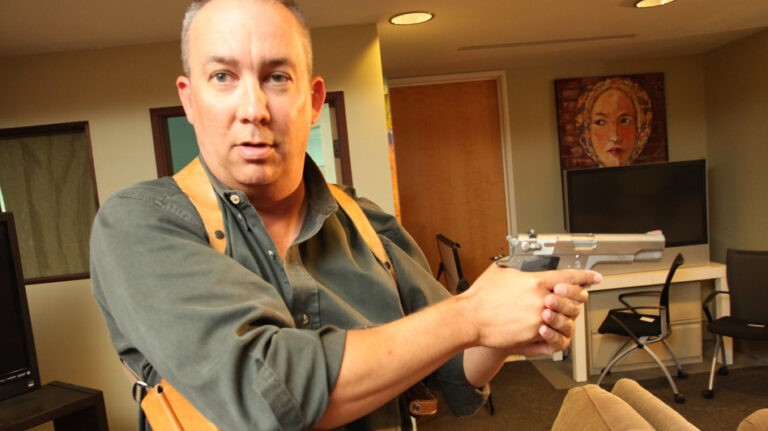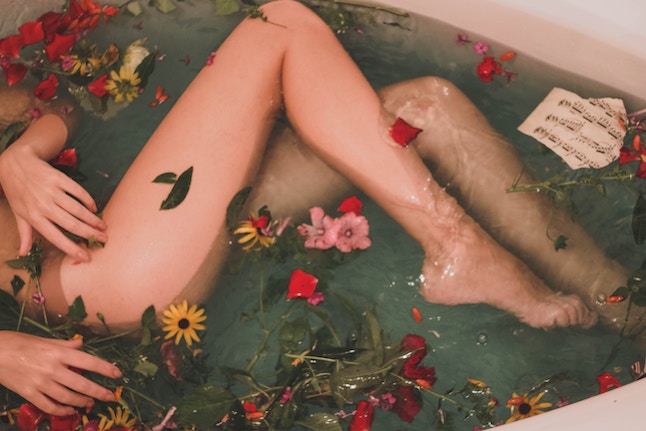Get to The Story: The Beginning
L—d! said my mother, what is all this story about?
The Life and Opinions of Tristram Shandy, Gentleman Laurence Sterne
New authors may struggle with introducing required story elements without getting to the story.
The other day I began reading a “suspenseful spy thriller.” Chapter One consisted of a finely detailed conversation “introducing” the main character in his everyday world but without one iota of suspense. The chapter was filled with finely detailed descriptions of the setting, the protagonist’s appearance including down-to-the-buttons attire description, tools used with experience, and backstory about a family member. I began to wonder if this was a romance presented in the guise of a thriller. If it had been billed that way I would not have purchased the book, much less started reading. OK, I’ll give the author a break. Maybe the story starts in the next chapter.
Nope! Chapter Two presented the “save the cat” details of the protagonist caring for an ailing family member and a long description of a native talent built to professional standards. Now I was curious: when does the story start?
Finally, in Chapter 3, the intrigue starts. The author had already lost me. My curiosity drove me to find where the story started but I had lost interest in the story. I stopped reading.
The Pitfalls of the Beginning
In a recent article literary agent Peter Miller described his pet peeve in opening pages of a novel:
I enjoy when writers can find a balance between exposition and mystery. Too much accounting always ruins the mystery of a novel, and the unknown is what propels us to read further.”
– Peter Miller, PMA Literary and Film Management
Other major novel beginning pitfalls:
- The tone of the narrative immediately. Reassure the reader that the genre you promised is what is in the story.
- Minimize descriptive details at the beginning. No laundry lists of features either of the protagonist or the setting. Sprinkle details as the story progresses.
- A gratuitous hook that is there just for excitement but is not part of the story–often a sex scene.
- Backstory – the protagonist thinking or dreaming about what happened before.
- Adjective and adverb heavy sentences.
Start the Story
Zara Altair
Zara Altair writes mysteries set in ancient Italy. Argolicus thinks he has retired, but he and his tutor, Nikolaos, are drawn into puzzles, politics, and murder.
She consults with a select group of writers as The Story Bodyguard.





